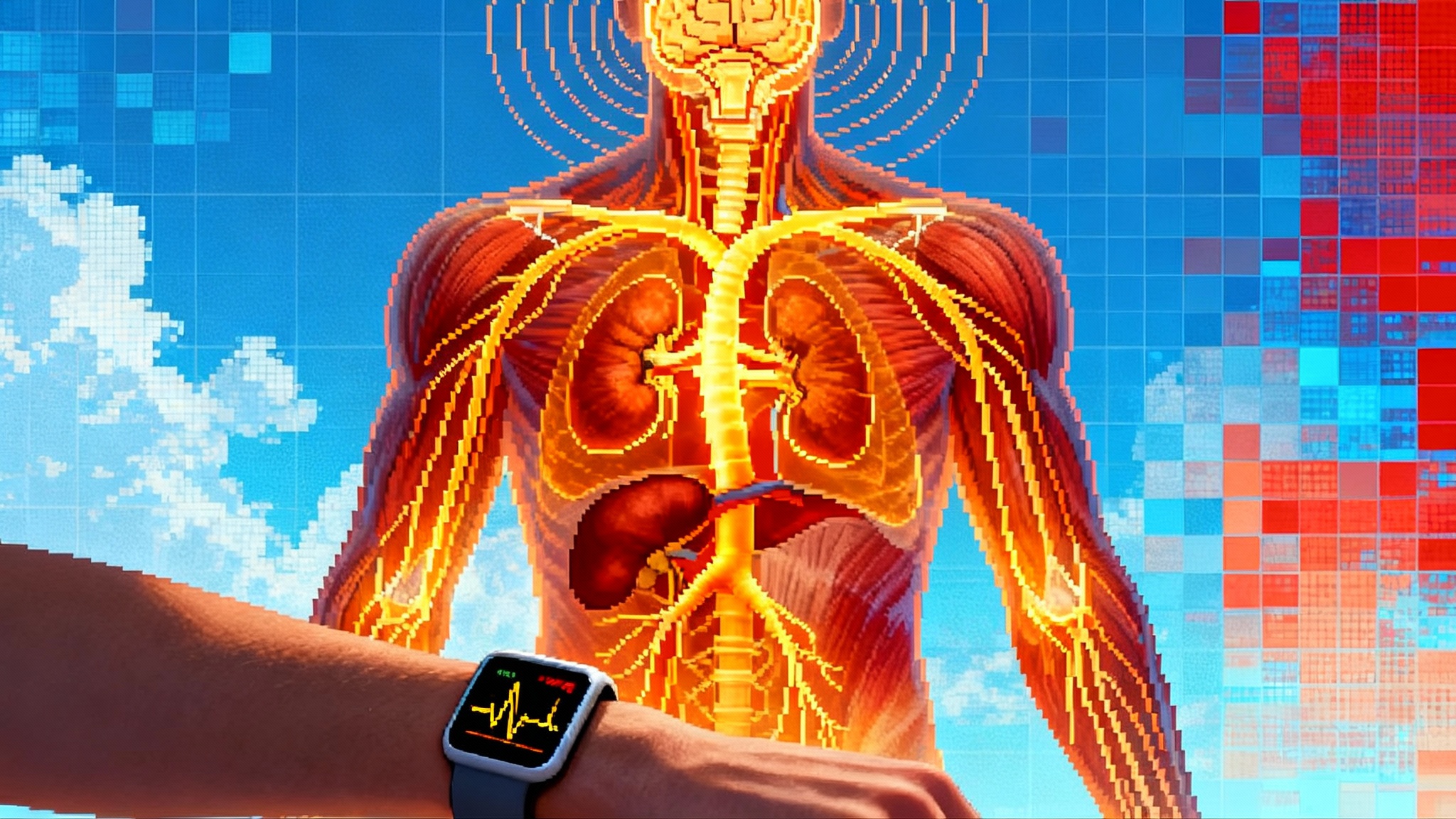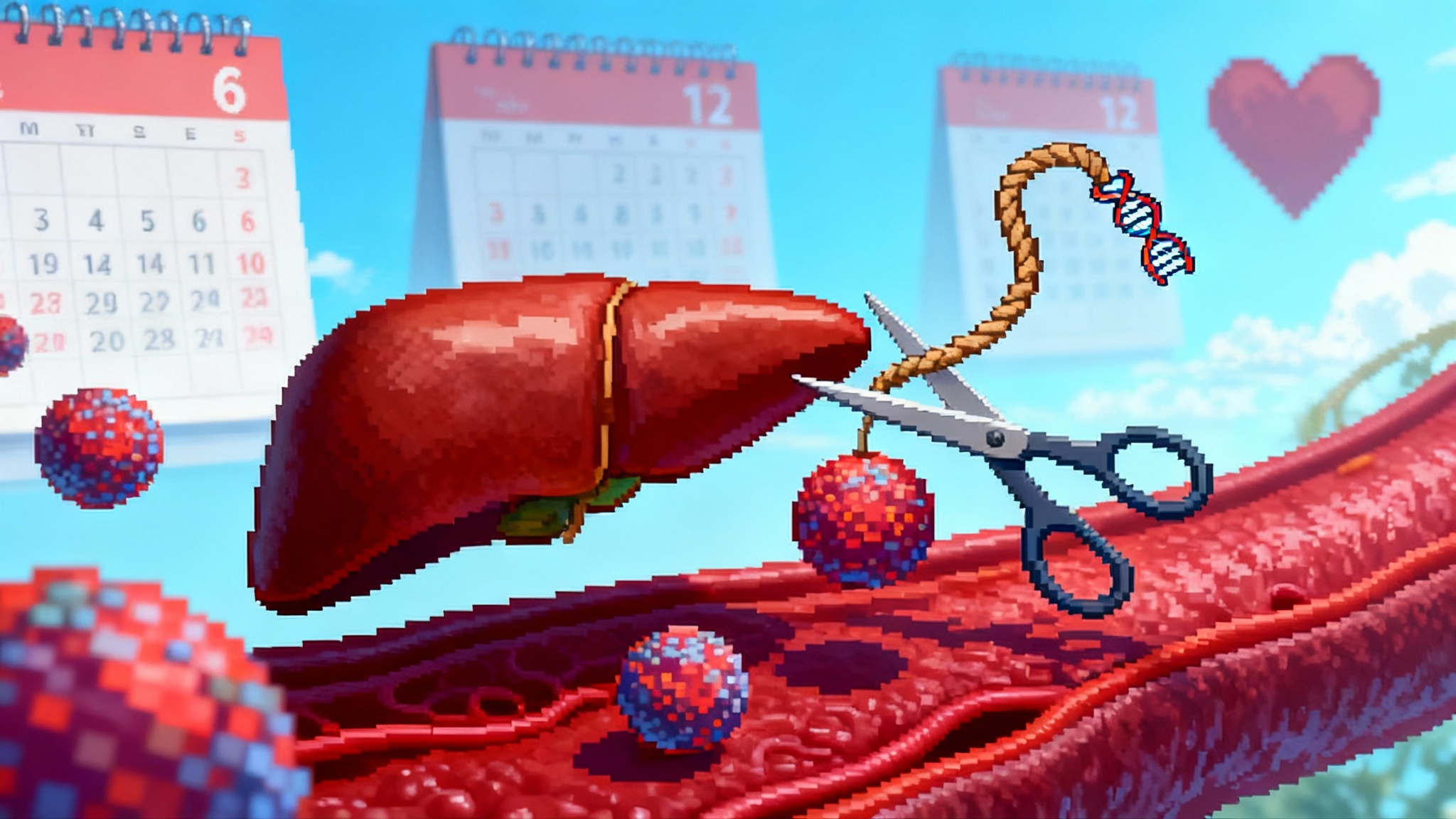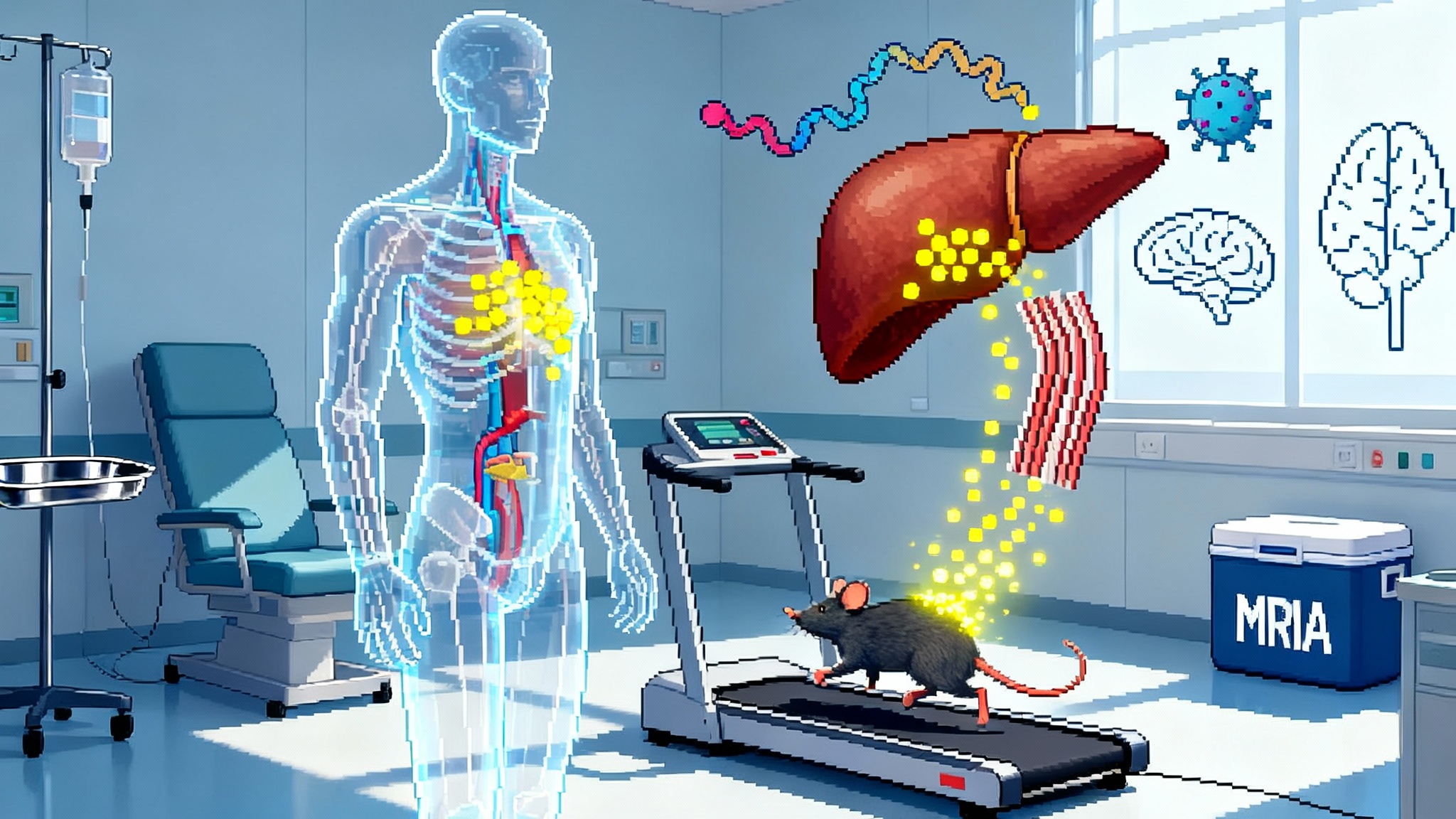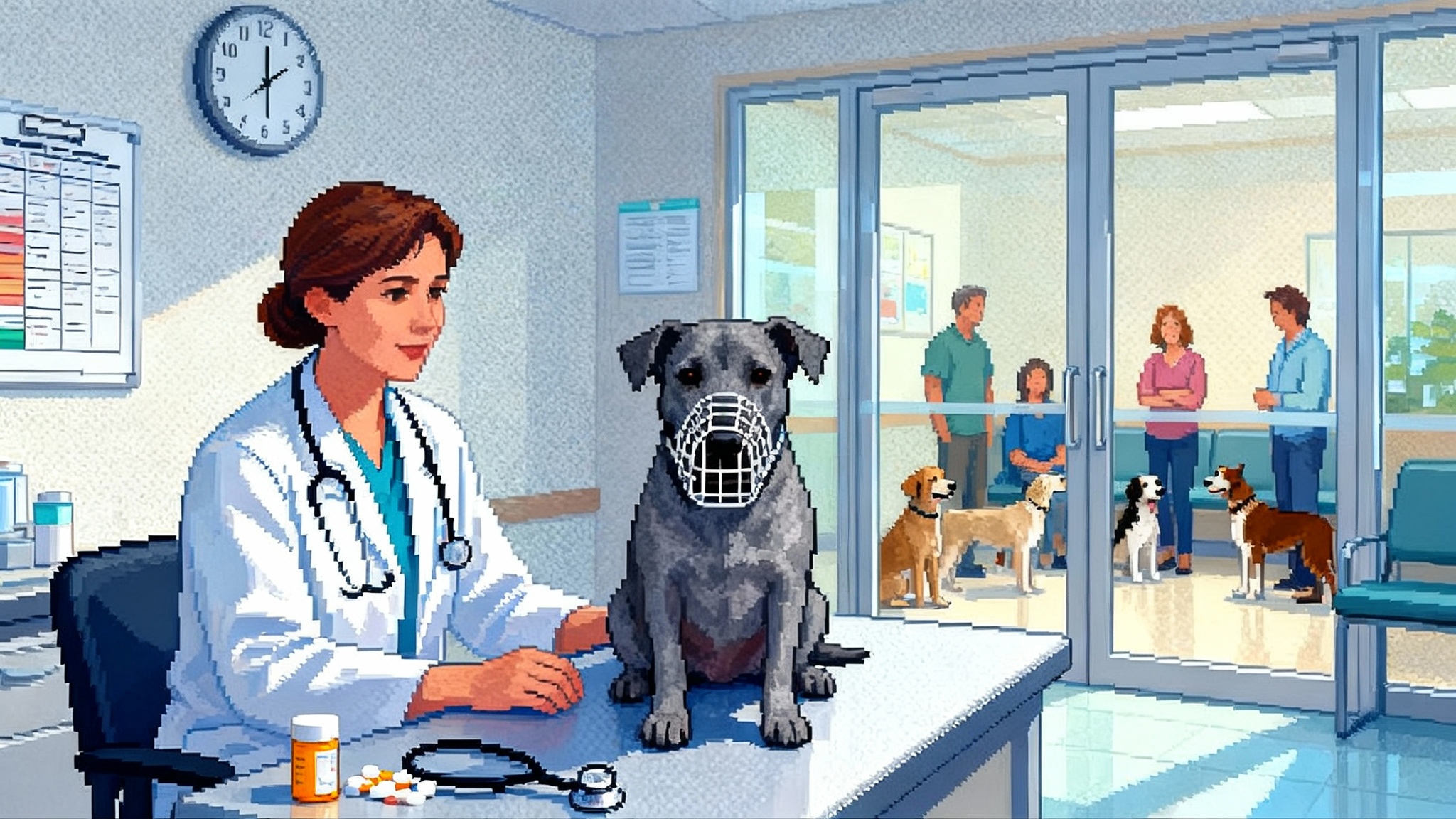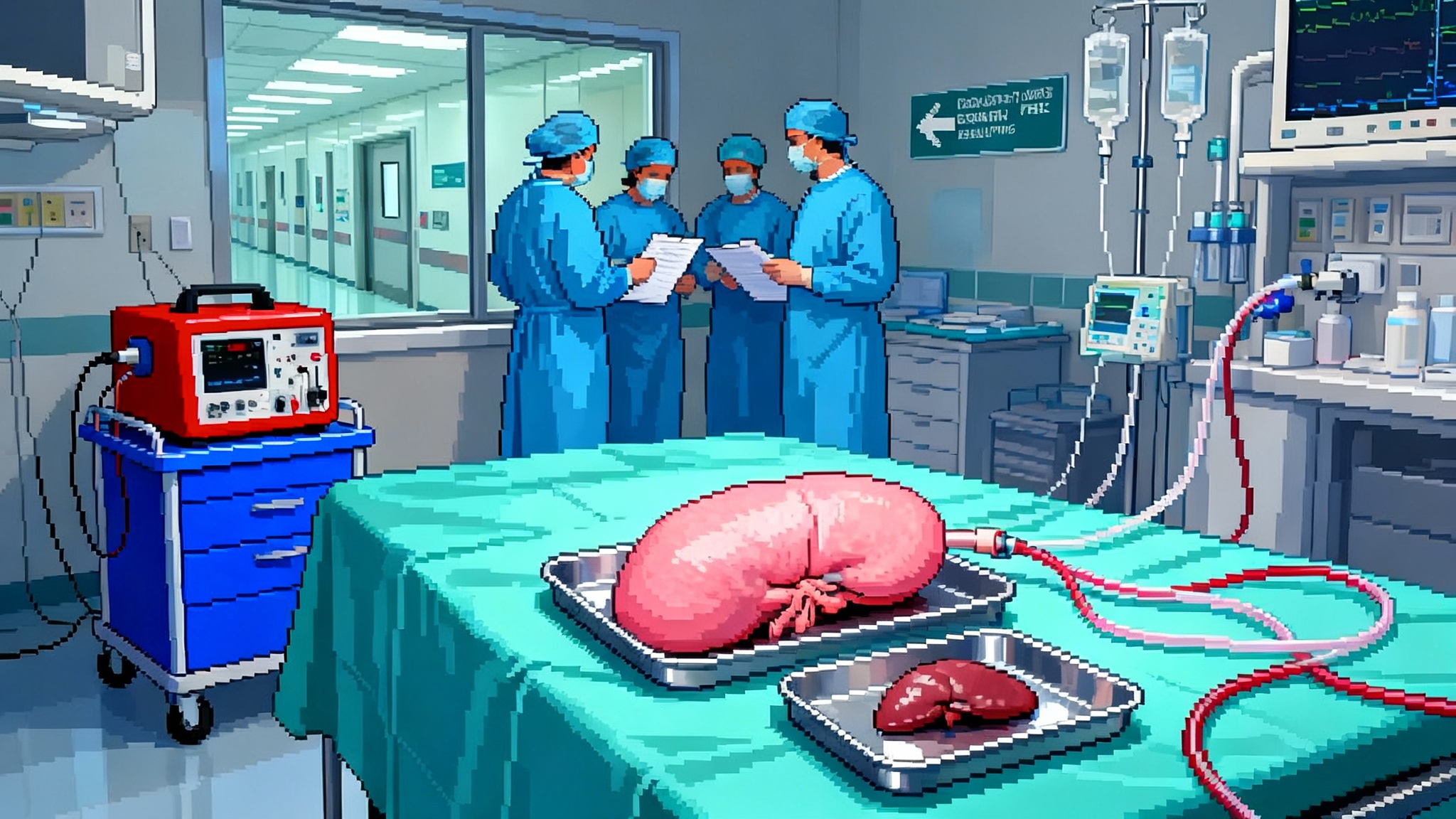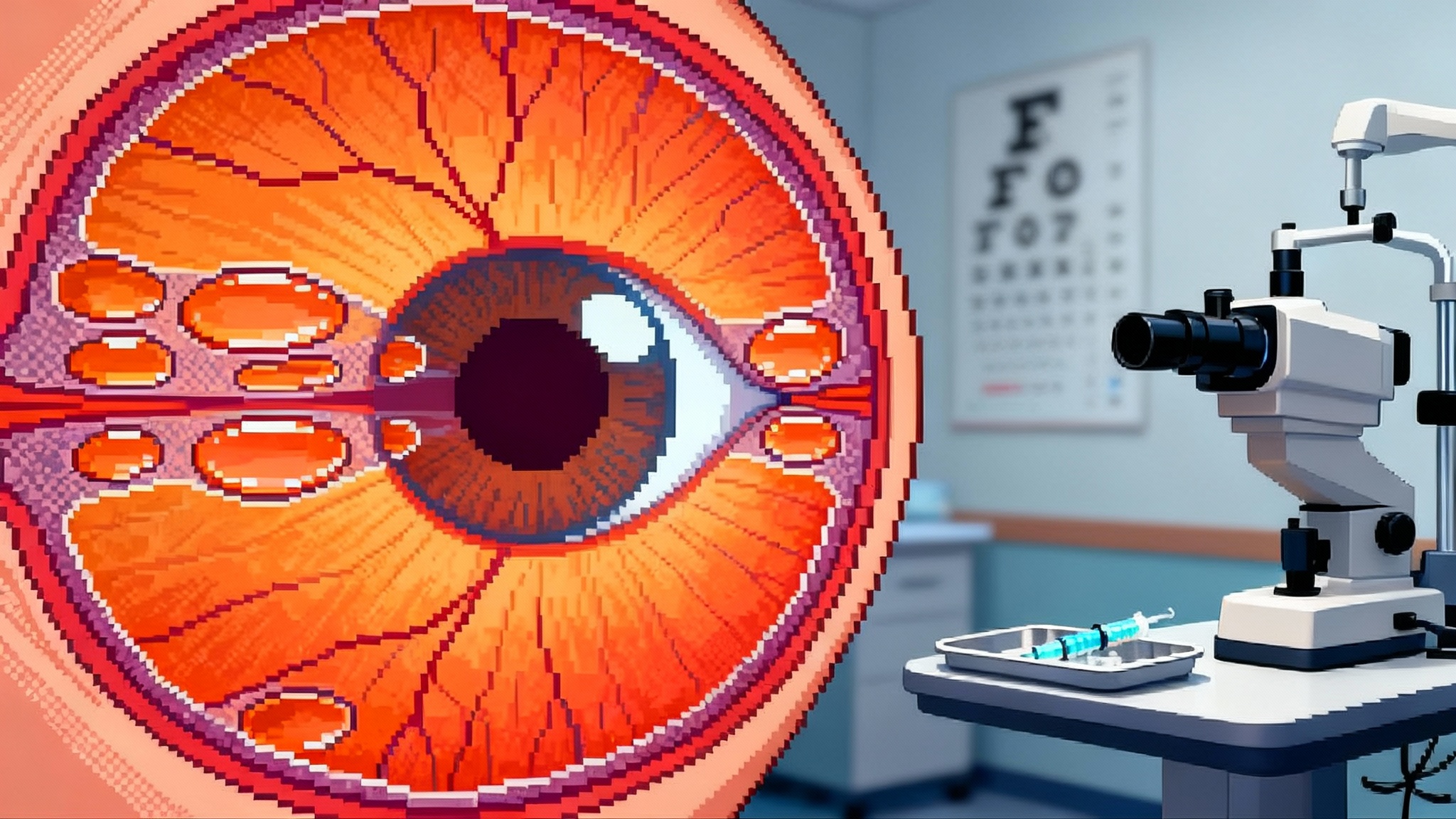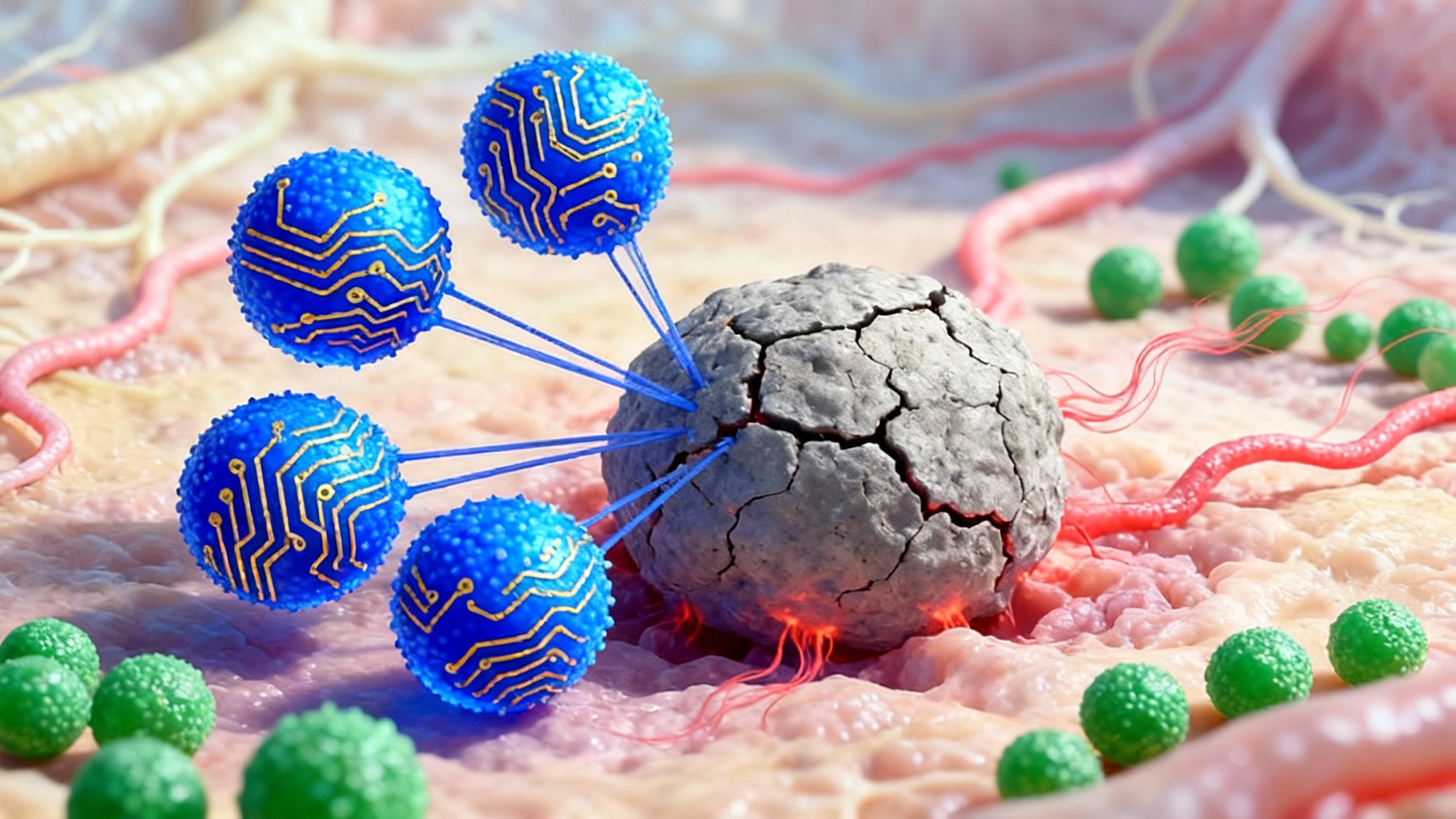One-and-done LDL: PCSK9 base editing’s Big Pharma leap
Spring to summer 2025 turned a bold idea into a credible path: a single infusion that switches off PCSK9 to cut LDL cholesterol. With Phase 1b data, FDA Fast Track, and Eli Lilly’s purchase of Verve Therapeutics, prevention of heart disease just moved from what if to what next.

The season when prevention got serious
In a few fast months, a decades-old dream in cardiology moved from what if to what next. On April 11, 2025, the United States Food and Drug Administration granted Fast Track status to VERVE-102, an in vivo base editing medicine designed to switch off the PCSK9 gene in the liver and lower low density lipoprotein cholesterol, according to the FDA Fast Track designation for VERVE-102. Fast Track signals that a program targets a serious condition and early evidence suggests it may address an unmet need, allowing rolling reviews and more frequent guidance. That is not approval, but it is a strong nudge from regulators that this is worth speeding up.
Three days later, on April 14, 2025, Verve Therapeutics shared initial Phase 1b data from Heart 2. After a single intravenous infusion, participants showed dose-dependent drops in LDL, with a mean reduction of 53 percent and a maximum of 69 percent at the 0.6 mg per kg dose. There were no treatment-related serious adverse events and no clinically significant liver laboratory abnormalities in the data cut. This is still early-stage safety and pharmacodynamic readout, not outcomes, yet the size of the LDL reduction from a single dose is notable.
Then came the market validation. On July 25, 2025, Eli Lilly said it had closed its acquisition of Verve Therapeutics, bringing the PCSK9 base editing program and related pipeline inside a company built to scale mass-market therapies, as detailed in the Lilly completes Verve acquisition announcement.
Three signals in one quarter. Regulatory momentum. Biological signal. Big Pharma capital and manufacturing muscle. That is why single-infusion PCSK9 base editing now looks like a credible longevity therapeutic for broad prevention of heart disease.
What PCSK9 base editing actually does
PCSK9 stands for Proprotein Convertase Subtilisin Kexin Type 9. The protein regulates how many LDL receptors sit on liver cells. More receptors pull more LDL from the blood. People born with loss of function in PCSK9 have very low LDL for life and very low rates of atherosclerotic events, which is why PCSK9 is an ideal target for permanent intervention.
Base editing changes a single letter of DNA without cutting both strands. VERVE-102 packages the instructions for a base editor and a guide into a lipid nanoparticle. The infusion carries these molecular tools to hepatocytes in the liver. The guide brings the editor to a specific spot in the PCSK9 gene. The editor makes a tiny change that turns the gene off in those cells. Once PCSK9 is turned off, the liver increases LDL receptors and LDL levels fall. The edit does not replicate. It is not a virus integrating into the genome. It is a one-time instruction set delivered to a tissue that naturally renews itself slowly over time.
A helpful picture is to think of plaque as the rust that builds inside a pipe. Every day that LDL courses through arteries at higher levels is another day of slow rusting. Lower the flow of the corrosive component early and durably, and the whole system stays cleaner for longer. Base editing aims to reduce the everyday exposure for years after a single visit.
Why this could compress cardiovascular risk over decades
The risk of atherosclerotic cardiovascular disease tracks lifelong exposure to LDL. Clinicians sometimes talk about area under the curve, meaning that both how high the LDL is and how long it stays high matter. If a single infusion in midlife drives down LDL by half or more for ten or twenty years, the area under the curve shrinks a lot. Even if each year’s risk drops only modestly, the compounding effect across decades could be large. This aligns with what we know about the arterial wall as the body’s control center for vascular aging, explored in arteries as aging’s command hub.
This is what makes PCSK9 base editing different from today’s options. The value is not just the size of the LDL reduction. It is the durability and the independence from daily adherence. Pills only work on days they are taken. Injections only work on months they are given. An edit works on days and months when life gets in the way of good intentions.
How it stacks up against statins, antibodies, and small silencing RNAs
The comparison that matters is not one drug beating another in a head-to-head lab test. It is the real-world ability to keep LDL low for years at a time across many types of patients. Here is the grounded view.
-
Statins. These are inexpensive, oral, and proven to reduce events. Moderate to high intensity statins typically lower LDL by about 30 to 50 percent, sometimes more with combination therapy. The main issue is adherence over decades. Many patients reduce dose or stop due to muscle symptoms or perceived side effects. For a population-level prevention strategy, statins will remain the backbone, but room exists above them for long-durability add-ons.
-
PCSK9 monoclonal antibodies. Evolocumab and alirocumab reliably lower LDL by about 60 percent on top of statins and have outcomes data showing fewer cardiovascular events. They require subcutaneous injections every 2 to 4 weeks. Specialty pharmacy logistics, copays, and inertia limit use in primary prevention.
-
Small interfering RNA. Inclisiran is a double-stranded small interfering RNA that silences PCSK9 production in the liver. After a loading schedule, it is given twice a year. That schedule improves adherence compared to monthly injections, and LDL reduction is strong. But it still requires repetition and a clinic or pharmacy mechanism for re-dosing.
-
Base editing of PCSK9. A single infusion aims for permanent gene inactivation in the liver. If the LDL lowering seen at one month holds at 6, 12, and 24 months, a patient could get the risk reduction of PCSK9 inhibition without remembering another dose. Real-world adherence becomes a given. The tradeoffs are front-loaded safety considerations and the need for a specialized center for infusion and monitoring.
Every approach has a place. The single-infusion model does not replace statins, antibodies, or small interfering RNA tomorrow. It gives health systems a new lever for those at high lifetime risk who will not maintain chronic therapy or who need deeper reductions.
The open questions that matter
Early Phase 1b signals are necessary but not sufficient. To become a frontline prevention tool, the program must answer a specific set of questions with data.
-
On-target editing efficiency and durability. How much of the liver is edited at the selected dose, and how stable is LDL reduction over years as hepatocytes turn over. The Phase 1b extension and Phase 2 will map the slope of LDL change after 6, 12, and 24 months.
-
Off-target edits. Base editors can sometimes change similar sequences elsewhere. Verve and peers will need ultra-deep sequencing in blood and, where ethical and feasible, in liver tissue to characterize off-target profiles. Regulators will expect ongoing surveillance and shared standard assays.
-
Immune responses. Many people have pre-existing immunity to the bacterial proteins used in gene editors. Lipid nanoparticles can also trigger infusion reactions. The Heart 2 data so far reported one grade 2 infusion reaction that resolved. The field must show that editing can be done without steroids or with minimal immunosuppression, and that re-exposure is not needed.
-
Liver safety. Transient spikes in liver enzymes are common with lipid nanoparticle delivery. The early VERVE-102 dataset reported no clinically significant changes in alanine aminotransferase or aspartate aminotransferase. Longer observation in larger numbers will be needed, and hepatology committees will scrutinize any hint of signal.
-
Germline exposure. These are somatic edits in the liver of adults. The chance of affecting eggs or sperm is exceedingly low, but protocols should continue to include contraception windows and clear counseling.
-
Re-dosing. The goal is one and done. If a patient needs a second infusion years later, immunity to the editor protein or the lipid components could block re-dosing. That raises the bar for getting the dose right the first time.
These are tractable scientific and clinical questions and the right ethical guardrails. A preventive therapy given to otherwise well people must clear a higher safety bar than a therapy given to those with no alternatives.
Manufacturing, price, and the path to broad access
A single-infusion gene editor is not a small molecule pill. It will not start life at the cost of a generic statin. The first commercial price will likely reflect cutting-edge manufacturing and intense safety monitoring. Yet the cost trajectory is not fixed.
-
The platform is scalable. Messenger RNA and lipid nanoparticle manufacturing scaled from zero to billions of doses during the pandemic, as seen across the mRNA and gene therapy race. Base editing cargo is larger and more complex, but the core unit operations are familiar. As batches get larger and yields improve, cost per dose should drop.
-
Logistics can piggyback on established infusion networks. Cardiology does not usually run infusion suites for prevention. Oncology and rheumatology do. A practical path is to centralize infusions in regional centers, with standard protocols for premedication, monitoring, and laboratory follow-up.
-
Payers have levers for high-value prevention. Event-based contracts are a fit here. If a plan pays a portion of the price upfront and another portion only if LDL stays below a threshold at one or two years, the risk is shared. Annuity-style payments also make sense for a durable benefit.
-
Start with the highest lifetime risk. Heterozygous familial hypercholesterolemolemia and premature coronary artery disease are logical first populations. These patients have clear biology and the highest near-term risk. Broad primary prevention in middle age could follow only after long-term safety is established.
If the clinical benefit matches the promise, payers will run the math. The cost of heart attacks, stents, bypasses, hospital days, and lost productivity adds up quickly. A front-loaded investment that prevents a decade of events can be rational, but it must be priced and delivered to make budget impact manageable.
The Phase 2 path and timelines
Verve has guided that it expects to complete dose escalation in Heart 2 in the second half of 2025, followed by the first Phase 2 study of VERVE-102 in the same window, including United States centers following regulatory clearance. The Phase 2 objectives will likely include confirming dose, characterizing six to twelve month durability of LDL reduction, and expanding into broader atherosclerotic disease populations.
A key regulatory question is what constitutes sufficient evidence for an initial approval. LDL is a well-validated surrogate endpoint for cardiovascular risk, and drugs that reduce LDL through PCSK9 inhibition have shown fewer events. For a first-in-class permanent edit, regulators may ask for a larger and longer randomized dataset even if LDL reduction is robust. Fast Track can help with dialogue and rolling submission, but it does not lower the evidentiary bar.
If Phase 2 locks in a clean safety profile and stable LDL reductions through twelve months, a pivotal program could begin in 2026 or 2027. Outcomes studies will take time. That is why the durability data that arrive in late 2025 and 2026 will be watched so closely.
What success unlocks next
The most obvious follow-on is ANGPTL3, a liver protein that controls both cholesterol and triglyceride-rich particles. Verve’s second program, VERVE-201, aims to turn off ANGPTL3 with base editing in the liver. In non-human primates, deep and durable protein reductions have been reported, including in a model that mimics the LDL receptor deficiency found in severe familial hypercholesterolemia. ANGPTL3 matters because remnant cholesterol and triglyceride-rich lipoproteins are important drivers of residual risk even when LDL is low. For another emerging lipid target that could pair with PCSK9, see our take on Lp(a) goes mainstream.
Stacking edits is the next frontier. A future patient could receive a single infusion that carries two guides, one for PCSK9 and one for ANGPTL3, or a sequence of edits in one visit that together reshape the lipid profile more profoundly than any pill combination. Beyond lipoproteins, companies are exploring edits to reduce lipoprotein(a) and to modulate inflammation pathways that contribute to atherosclerosis. The cardiometabolic stack could eventually sit alongside widely used incretin therapies for weight and glycemic control, tackling multiple drivers of risk at once.
Stacking brings new safety and regulatory questions. Two edits double the potential for off-target events and immune responses. The path will likely move stepwise, with single-target approval followed by carefully designed combination trials that demonstrate additive benefit without unacceptable risk.
Regulatory and ethical guardrails
Preventive gene editing must be governed by simple rules that clinicians, patients, and payers can trust.
-
Long-term follow-up. Every recipient should be followed for at least fifteen years, with structured registries that include laboratory values, clinical events, and any new diagnoses. Data sharing agreements can balance privacy with the need to learn.
-
Informed consent rooted in plain language. Patients should understand that this is permanent, what is known, and what is still unknown. That includes the small risk of off-target edits and the plan for monitoring.
-
Clear indication boundaries. Start with populations at highest lifetime risk or with established atherosclerotic disease who are not at target despite best available therapy. Only expand to broader prevention once safety and durability are demonstrated at scale.
-
Equity by design. Site selection should include community hospitals, not only elite academic centers. Financial assistance programs should be baked in from launch, not added later.
-
Transparent manufacturing quality. Release assays, potency tests, and batch-level data should be explained in language patients can understand.
These guardrails are not speed bumps for innovation. They are the conditions that make durable prevention acceptable to the public.
What to watch next
-
Final dose escalation data from Heart 2 in the second half of 2025, including durability out to several months for the higher dose.
-
First patient in Phase 2 and the shape of the protocol. Is the study powered for twelve-month durability or for early clinical outcomes.
-
Manufacturing scale-up plans under Lilly’s stewardship. Look for announcements about new production lines, batch sizes, and release test standardization.
-
Health economic models from payers or independent groups that compare the cost of a single infusion to the expected reduction in heart attacks and procedures over ten years.
-
Early signals on combination strategies, including timing for an ANGPTL3 clinical trial in broader populations.
The bottom line
Cardiovascular prevention has long been a marathon of reminders. Take your pill. Show up for your injection. Check your labs. Repeat. PCSK9 base editing turns that into a sprint. Go to the infusion center once. Achieve a low LDL level. Maintain it for years with no additional action. The spring and summer of 2025 provided the first credible dataset, a regulatory path, and a buyer with the scale to make it real.
This is not a victory lap. The field must prove long-term safety, show that LDL reductions are stable, and build an access model that does not widen health gaps. But if those pieces fall into place, single-infusion PCSK9 base editing could be the first longevity therapeutic that most people can relate to. Not a bespoke fix for a rare disease. Not a science fiction vision. Instead, a practical tool to prevent the most common cause of death by quieting a single gene in the organ that sets LDL for life. That is a future worth building with urgency and care.
